Cats, much like humans, have their unique personalities and motivations. Before diving into training, it’s crucial to understand what drives your feline friend. Most cats respond well to treats, affection, or playtime as rewards. Identifying what your cat prefers can be the key to successful training sessions.
Setting the Stage for Success
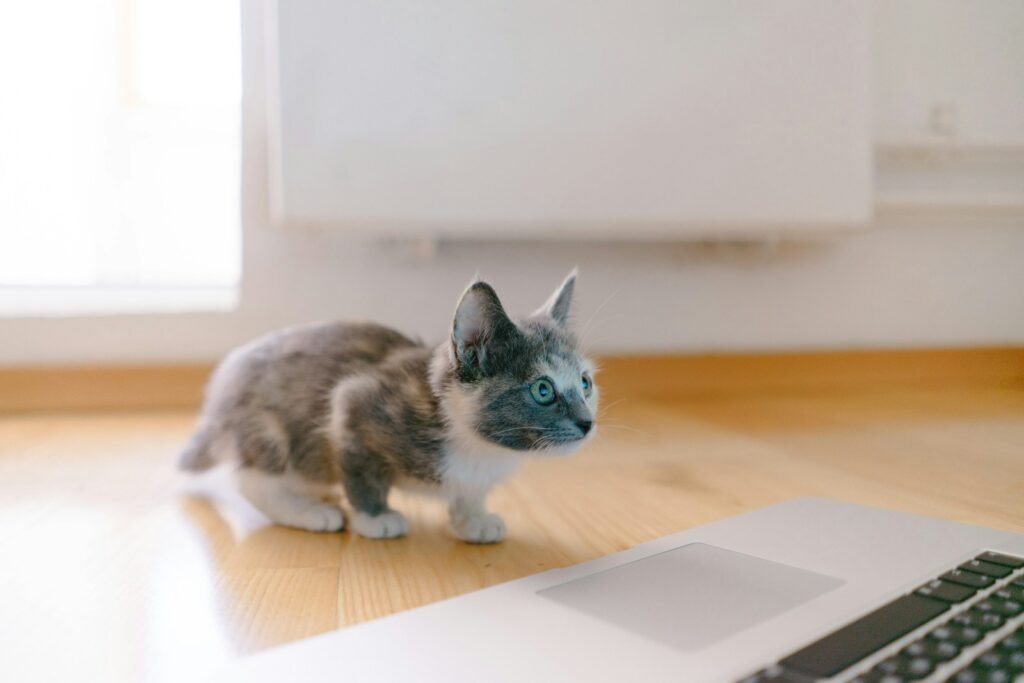
Environment plays a significant role in effective cat training. Choose a quiet, distraction-free area where your cat feels safe and comfortable. Keeping sessions short—around 5 to 10 minutes—prevents overwhelming your cat and helps maintain their interest.
Clicker Training Basics
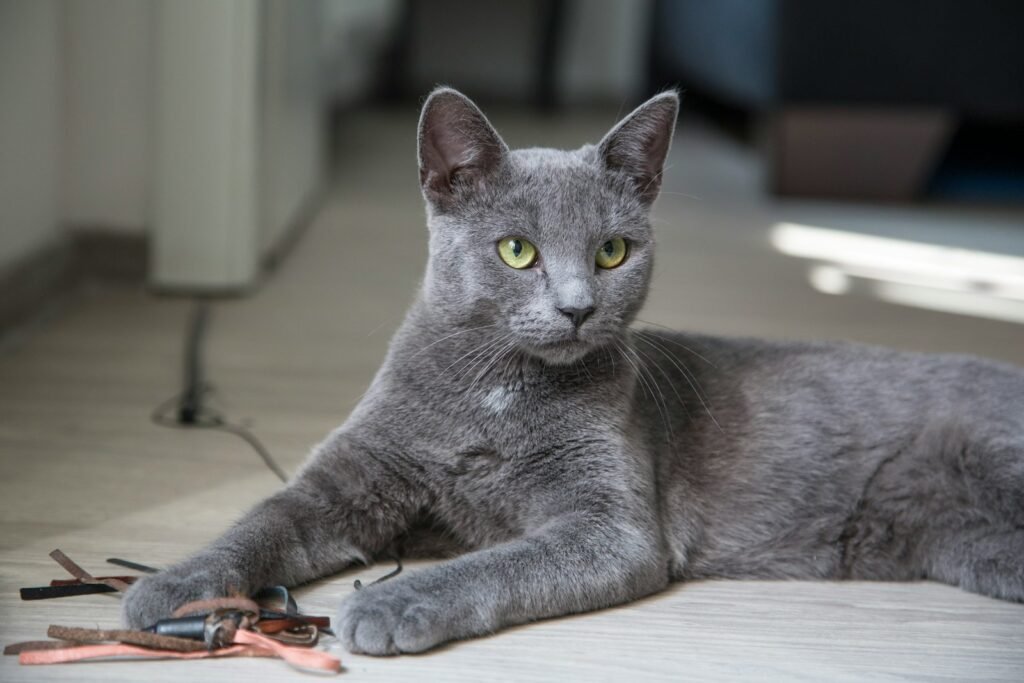
Clicker training is a popular technique because it provides a consistent and clear signal that a behavior is desired. Start by associating the clicker sound with a reward, so your cat learns to connect clicking with positive reinforcement.
The “Sit” Command
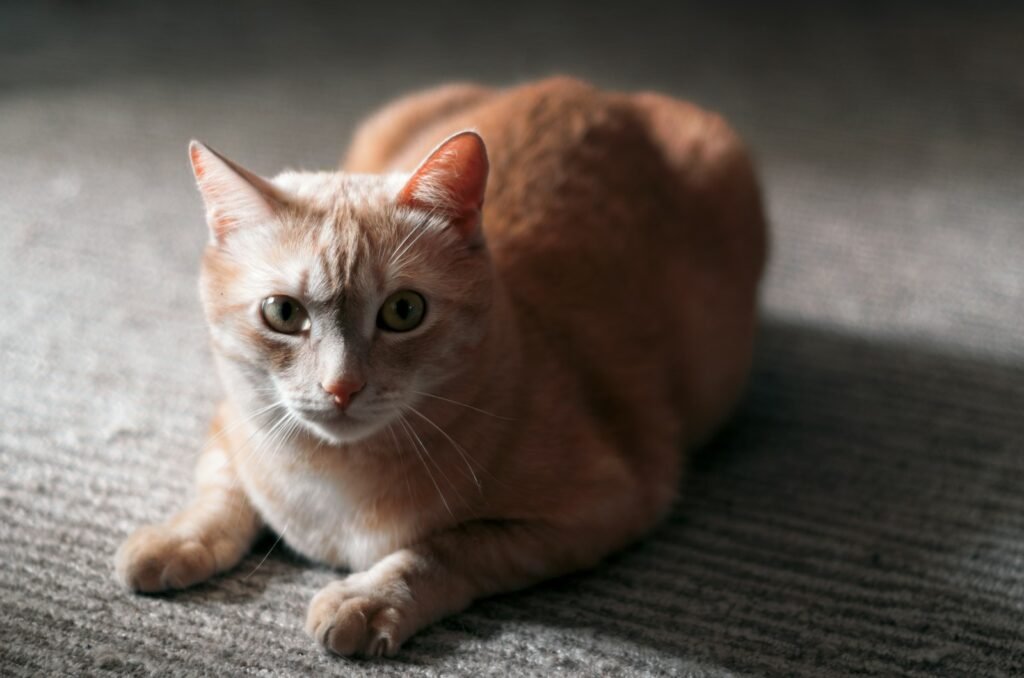
Teaching your cat to sit on command is easier than it sounds. Hold a treat near their nose, then move it upwards and back over their head. As they follow the treat, their bottom will naturally lower to the ground. Click and reward when they sit.
High-Five, Feline Style
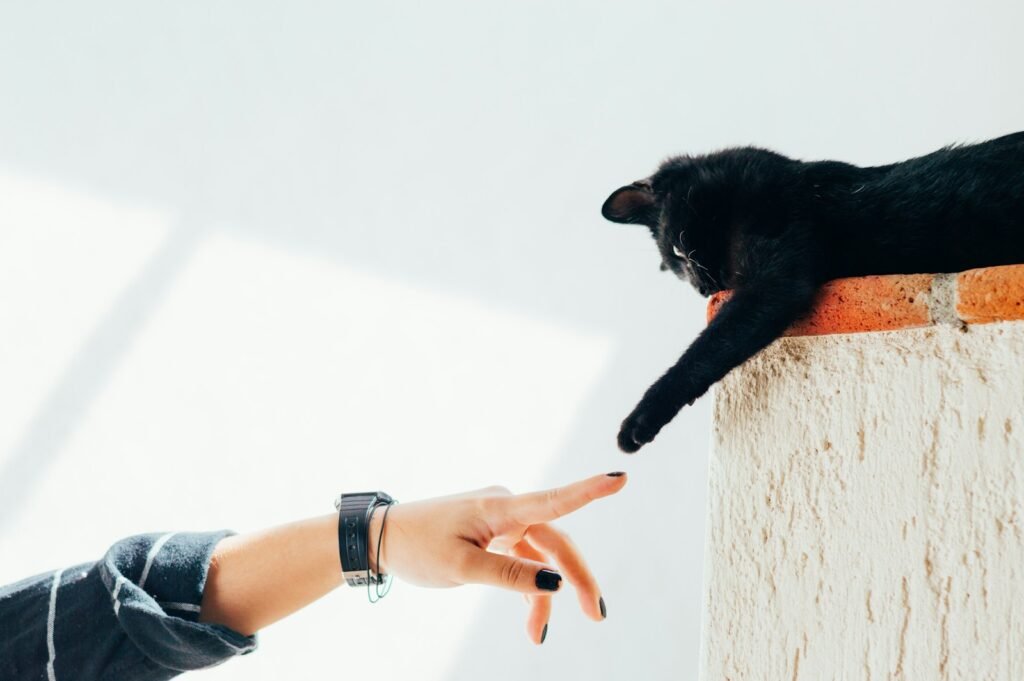
High-fiving is a simple trick that can impress your friends. Start by getting your cat to sit, then hold a treat slightly above their head. When they reach up with a paw to tap your hand, click and provide a treat. Gradually introduce the cue word “high-five”.
Teach Them to Come When Called

Coming on command can be handy, especially for indoor-outdoor cats. Use a consistent verbal cue like their name or “come” while showing a treat and stepping back a few paces. When they approach you, click and reward them.
Using a Target Stick
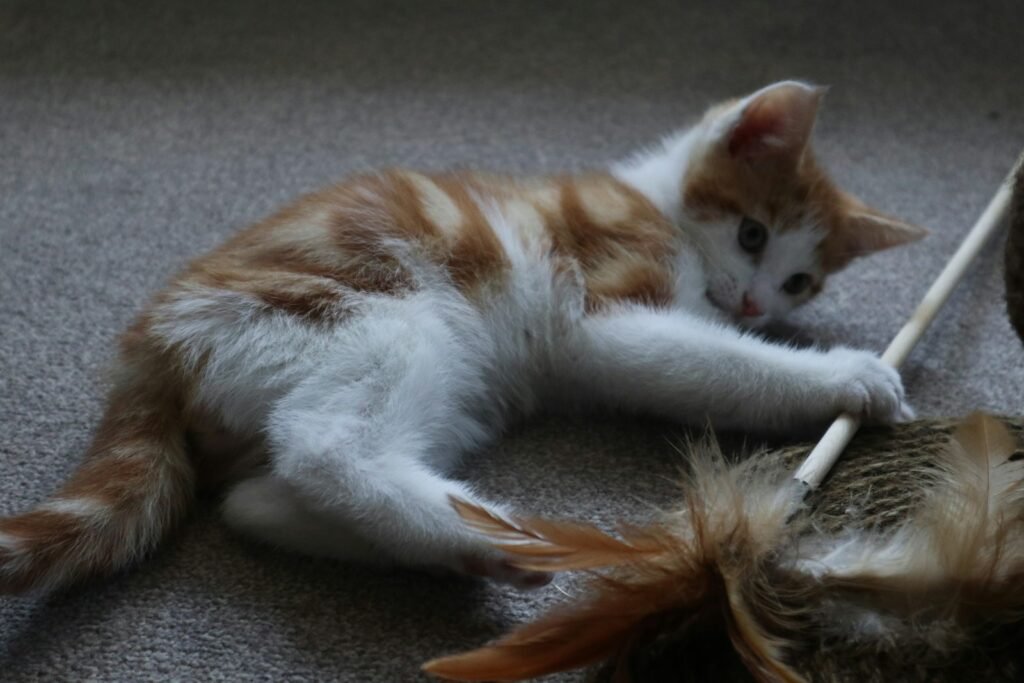
A target stick is a training tool that can guide your cat to perform certain behaviors. Once your cat learns to touch the stick with their nose, you can use it to direct them to different positions or places, enhancing their learning process.
Rolling Over Made Easy
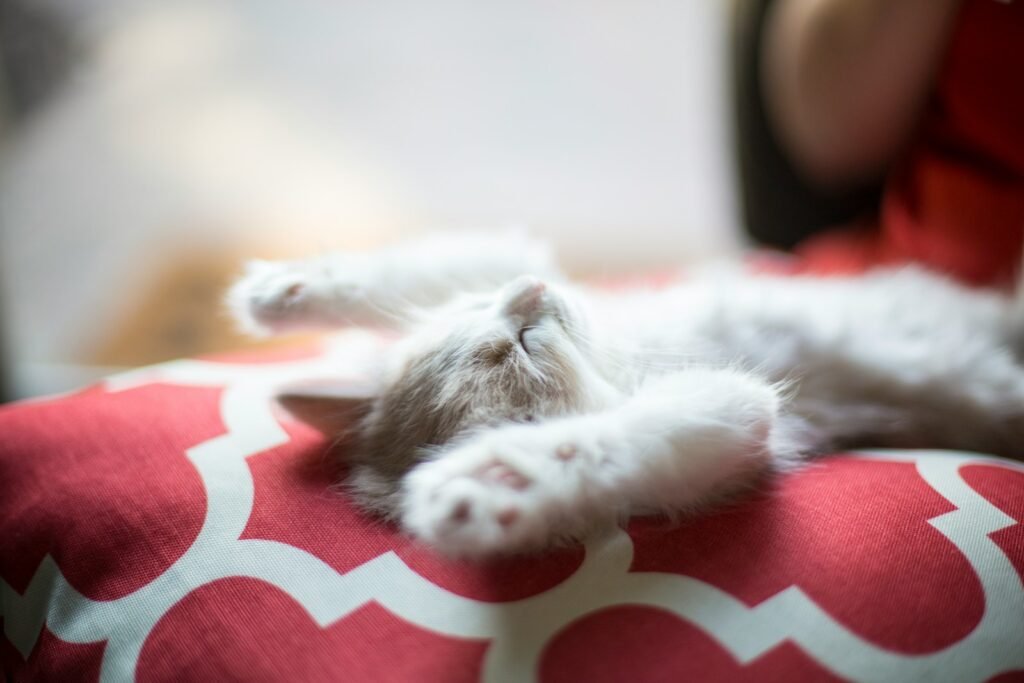
While it may take some time, teaching your cat to roll over is achievable. Start by having them lie down, then gently lure them with a treat in a circular motion over their head, encouraging them to roll. Click and treat as they make any progress.
Cats and Leash Walking
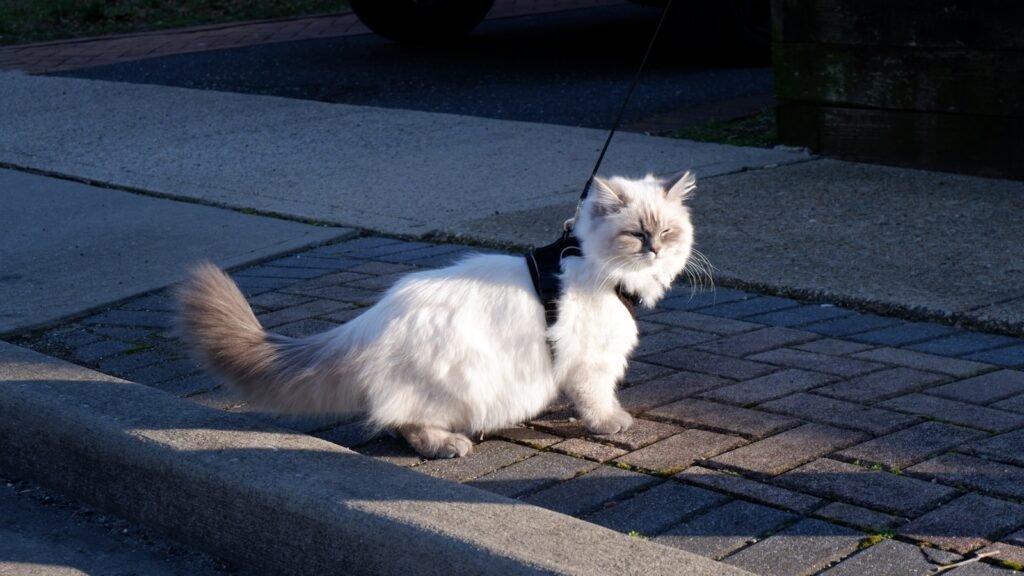
Leash training can open up a new world of exploration for your indoor cat. Begin by getting them accustomed to wearing a harness indoors. Attach the leash and let them walk around the house before venturing outside together in a controlled environment.
Advanced Trick: Jump Through a Hoop
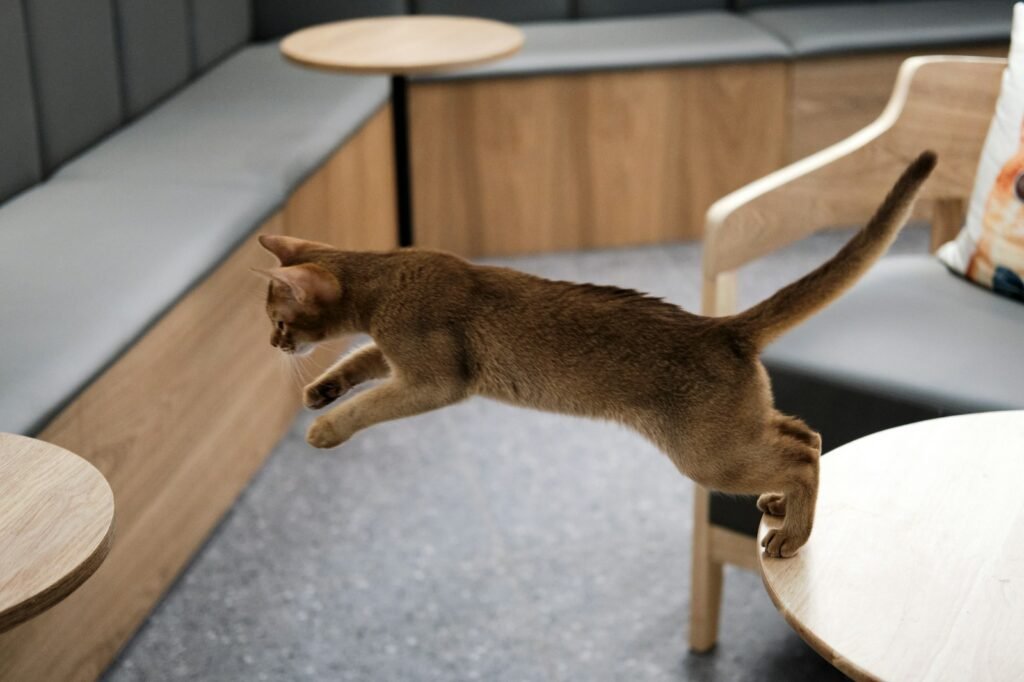
Once your cat is comfortable with basic commands, try teaching them to jump through a hoop. Start with the hoop on the ground and encourage them to walk through it for a treat. Gradually raise the hoop, encouraging higher jumps with clicks and rewards.
Consistency Is Key
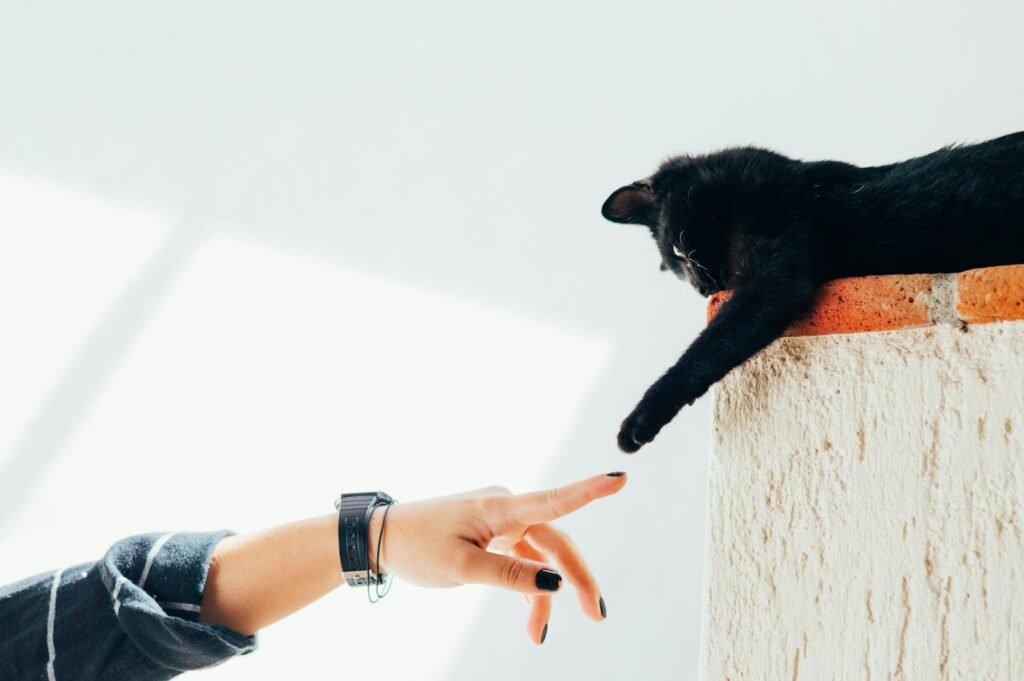
Consistency is paramount in any training regime. Use the same verbal and visual cues each time to avoid confusion. Practice regularly, but never force your cat to participate if they’re uninterested—patience and positivity go a long way in successful cat training.
With these fun and easy training tricks, you and your feline companion can enjoy a more engaging and rewarding relationship. Remember, each cat learns at their own pace, so tailor your approach to fit your furry friend’s individual needs.

Growing up traveling and experiencing new cultures and wonders, I have had a passion for nature, adventuring, photography, and videography. I am currently working towards a BSc in Biodiversity and Ecology at Stellenbosch University, and I hope to specialise in Marine Sciences one day.
Please send any feedback to Feedback@animalsaroundtheglobe.com






